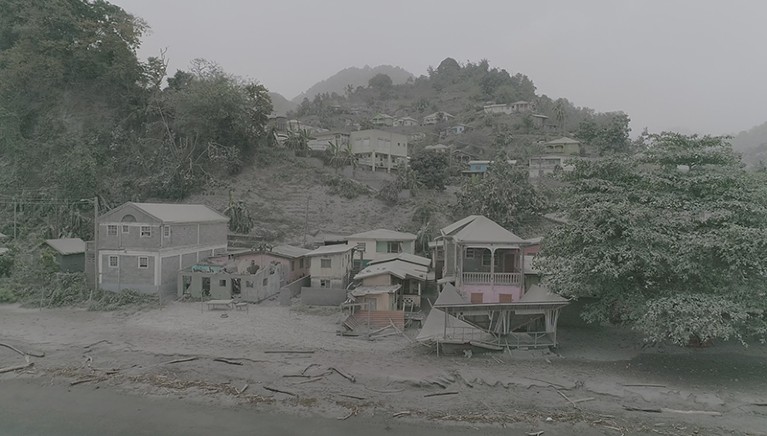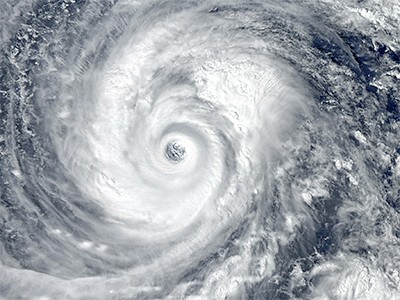Meet the scientists planning for disasters
Meet the scientists planning for disasters Nature.com


Sustainable Development Goals and Natural Hazards
In 2021, the La Soufrière Volcano in St. Vincent and the Grenadines erupted explosively.Credit: Steve Wallace/World Bank

Natural hazards, such as earthquakes, hurricanes, floods, landslides, wildfires, and droughts are increasing in frequency and intensity, largely due to climate change (M. Coronese et al. Proc. Natl Acad. Sci. USA 116, 21450–21455; 2019). These events have a significant impact on sustainable development, as outlined in the Sustainable Development Goals (SDGs). According to data from EM-DAT, an international disaster database, at least one natural hazard event occurred every day in 2022. The United Nations Food and Agriculture Organization reported in 2021 that the annual occurrence of disasters is now more than three times that of the 1970s and 1980s (go.nature.com/43pmeke).
Despite the increasing frequency of natural hazards, the number of deaths resulting from these events has significantly declined over the years. Data from EM-DAT shows that in the 1920s, over 8.5 million people died globally as a result of natural disasters, compared to just over 503,000 deaths in the 2010s. This decline can be attributed to improvements in disaster risk reduction and preparedness measures. In this report, we will explore the work of five disaster researchers who are actively working towards reducing the risks and impacts of natural hazards.
EROUSCILLA JOSEPH: Volcanic activity under lockdown
Volcanologist at the Seismic Research Centre at the University of the West Indies in Saint Augustine, Trinidad and Tobago.
In the Caribbean region, natural hazards such as hurricanes, tropical storms, flooding, landslides, and volcanic eruptions are a regular occurrence. The Seismic Research Centre at the University of the West Indies in Saint Augustine, Trinidad and Tobago has been monitoring seismic and volcanic activity in the region for 70 years. Covering an area of 800 kilometers, the center monitors 9 territories and 17 volcanoes.
In 2008, I became the first student to officially graduate with a PhD in volcanology from the center. In March 2020, the COVID-19 pandemic hit, and in December of that year, the La Soufrière volcano on Saint Vincent and the Grenadines erupted. Navigating the volcanic eruption process during a pandemic, under lockdown, and without vaccines was a major challenge.
Nature Spotlight: Disaster preparedness
Using seismic data and satellite imagery, we were able to detect unusual volcanic activity shortly after Christmas. Our staff members at the Soufrière Monitoring Unit observed the emergence of a new dome in the crater. We immediately deployed staff to reactivate the local observatory, upgrade the monitoring network, provide real-time updates to the authorities, and support education and outreach related to the volcanic activity (E. P. Joseph et al. Nature Commun. 13, 4129; 2022).
We provided advice to the prime minister of Saint Vincent and the Grenadines, the government of Barbados, and other disaster management agencies based on the data we collected. This allowed them to raise alert levels and coordinate a response. Despite limited resources and the challenges posed by the pandemic, our outreach team held virtual community meetings and used trucks with megaphones to keep people informed. In April 2021, more than 22,000 people were evacuated just before the explosive eruption began. We rotated teams of scientists on the island until November 2021.
Our ability to respond quickly and prevent any loss of life during this volcanic eruption was a major success. It highlights the importance of coordination between teams, governments, and disaster organizations in effectively managing natural hazards.
Join us, as fellow seekers of change, on a transformative journey at https://sdgtalks.ai/welcome, where you can become a member and actively contribute to shaping a brighter future.









